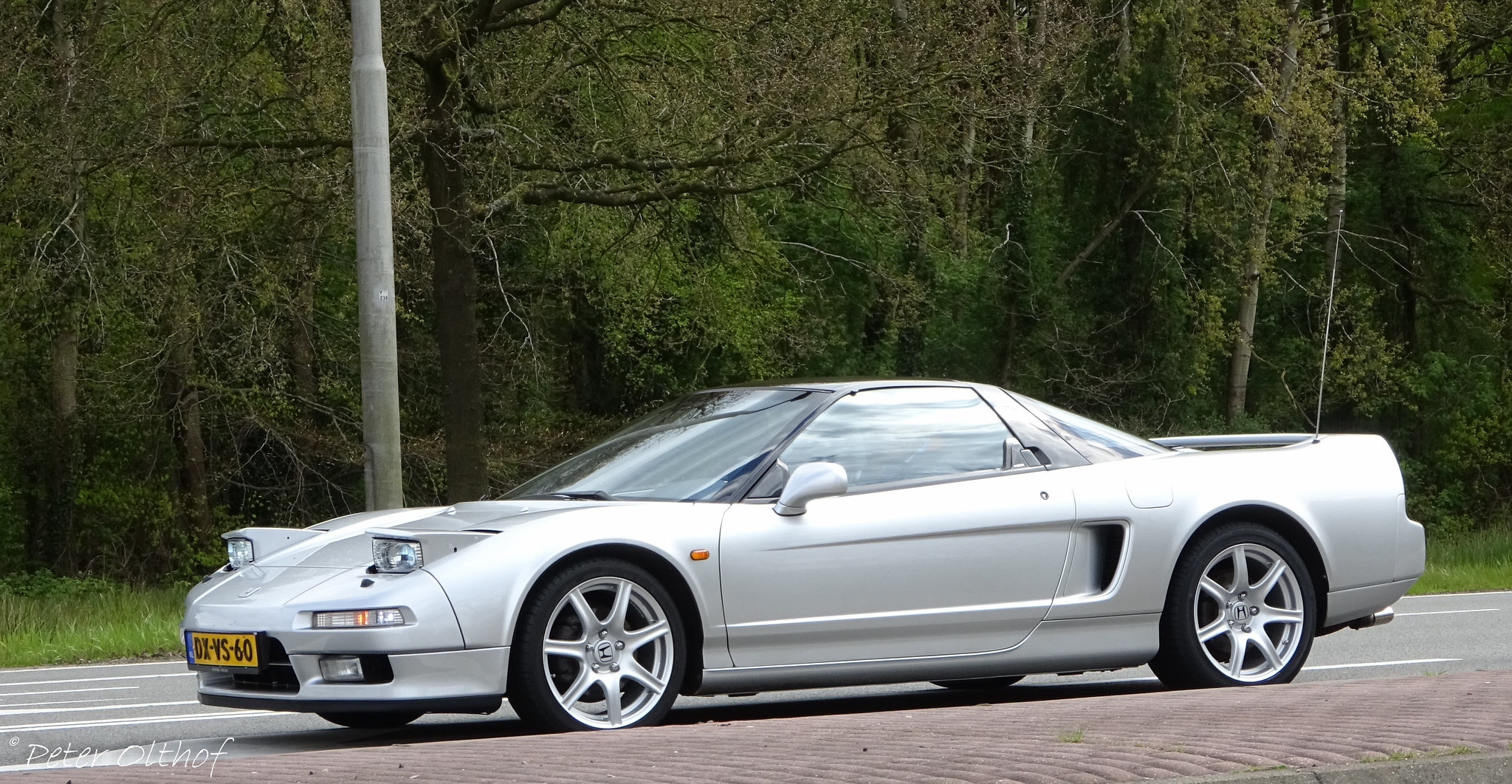
Unicorn Status: The Original NSX Type R Investment Profile
The Ultimate JDM Grail: Honda’s First NSX Type R
When Honda launched the original NSX in 1990, it shocked the automotive world by delivering Ferrari-like performance with Toyota-like reliability. But two years later, something even more special emerged from Honda’s skunkworks: the NSX Type R. This wasn’t merely a badge and trim exercise—it was perhaps the most focused and pure expression of Honda’s performance philosophy ever created. Today, it stands as one of the most coveted collector cars from Japan, with values that reflect its legendary status.
The First Supercar to Wear the Type R Badge
NSX Type R (1992-1995)
Original MSRP: ¥9,500,000 ($85,000 USD at contemporary exchange rates)
Production Numbers: Just 483 units produced, all for the Japanese domestic market
Value Trajectory: The NSX-R represents the most dramatic value curve of any Type R model, with appreciation that outpaces even exotic European marques:
- By 2000: Values remained close to original MSRP at around $80,000-90,000
- By 2010: Clean examples were reaching $120,000-150,000
- By 2015: Significant appreciation pushed values to $200,000-250,000
- By 2020: Pristine examples began breaking the $300,000 barrier
- By 2025: Museum-quality specimens have sold at auction for $450,000-550,000, with exceptional examples approaching $600,000
The Investment Story: The original NSX-R’s astronomical value growth is driven by its perfect combination of rarity, significance, and engineering purity. At 120kg (265 lbs) lighter than the standard NSX and with chassis tuning directed by Ayrton Senna himself, the car represents a perfect storm of collectability factors—zero compromise engineering, motorsport pedigree, and extreme scarcity.
What Made It Special?
The Ultimate Weight Reduction Program
Honda engineers approached the NSX-R with a single-minded focus on weight reduction and performance enhancement:
- Sound deadening material: Removed entirely
- Audio system: Deleted
- Air conditioning: Optional (most were delivered without)
- Leather seats: Replaced with carbon-kevlar Recaro buckets
- Electric power steering: Replaced with a manual rack
- Thinner glass, lighter carpets, and titanium shift knob
The result was a car that weighed just 1,230kg (2,712 lbs), making it nearly 120kg lighter than the standard NSX.
Engineering Excellence
Beyond weight reduction, Honda retuned every aspect of the already brilliant NSX:
- Blueprinted and balanced engine with stiffer valve springs
- Higher final drive ratio for improved acceleration
- Stiffer suspension with revised geometry
- Momo steering wheel and titanium shift knob
- Championship White paint (most examples)
Exclusivity Factor
The NSX-R was never officially exported outside Japan. Each car was hand-assembled by Honda’s best technicians wearing white gloves—a level of attention to detail that bordered on obsession.
Market Factors Driving NSX-R Values
The Forgotten Supercar That Became Unforgettable
For years, the NSX-R was relatively unknown outside Japan and hardcore Honda enthusiast circles. As global awareness of JDM collector cars grew in the 2010s, the NSX-R emerged as the crown jewel—the rarest and most special Type R ever built.
The Analog Supercar Premium
As modern supercars have become increasingly digital, computerized, and accessible, the market has placed growing premiums on analog driving experiences. The NSX-R—with its naturally aspirated V6, manual transmission, and lack of electronic aids—represents a driving purity that’s become essentially extinct in modern performance cars.
The Senna Connection
Ayrton Senna’s involvement in the NSX’s development adds a layer of motorsport heritage and emotional significance that’s impossible to replicate. As Senna’s legacy has grown since his tragic death in 1994, so too has the value of cars associated with him.
The Collector Reality
Finding One Is Half the Battle
With fewer than 500 built and many remaining in Japan, simply locating an NSX-R for sale is a significant challenge. Many trade hands privately, never reaching public listings.
Documentation Makes the Difference
Given the values at stake, documentation has become paramount. A fully documented example with original paperwork, service history, and provenance can command a 20-30% premium over an equivalent car with incomplete history.
Condition Is Everything
Unlike some collectible cars where patina is acceptable, NSX-R buyers demand perfection. Signs of track use or significant modification can dramatically impact values, sometimes by $100,000 or more.
Investment Outlook
Near-Term Projection
The NSX-R appears positioned for continued appreciation, potentially reaching $700,000-800,000 for perfect examples by 2030. The combination of extreme rarity, historical significance, and growing global interest in premium JDM collectibles suggests the ceiling is still distant.
Long-Term Collectability
As the first supercar to wear the Type R badge and a direct link to Honda’s Formula 1 golden era through the Senna connection, the NSX-R has secured its place in automotive history. While all collectible cars experience market fluctuations, the NSX-R appears to have the fundamentals for long-term value stability and growth.
The Enthusiast’s Perspective
The cruel irony of the NSX-R’s collectability is that it was engineered specifically to be driven hard on both road and track. Yet today, many examples sit in climate-controlled garages, accumulating value but not experience.
For the fortunate few who own these cars, the question becomes philosophical: Is the NSX-R a financial asset to be preserved, or an engineering masterpiece to be experienced as intended? The most enlightened collectors perhaps find a middle path—occasional spirited drives on perfect roads, followed by meticulous care and preservation.
What’s certain is that the original NSX Type R represents the purest expression of Honda’s performance philosophy—a car built without compromise, where every gram saved and every component refined served the singular purpose of delivering the most direct connection between driver, machine, and road.
And in today’s increasingly synthetic automotive landscape, that philosophical purity may be the most valuable aspect of all.